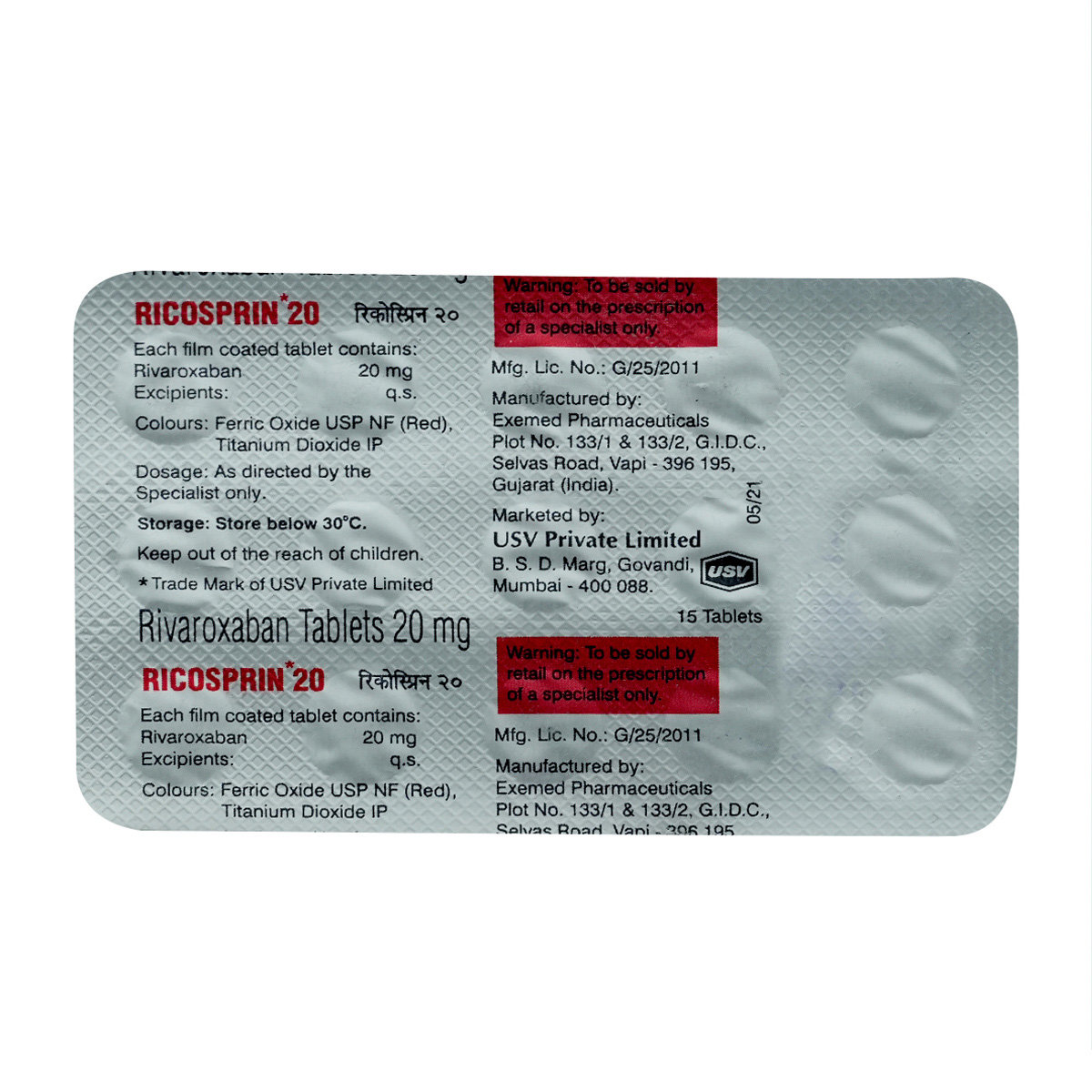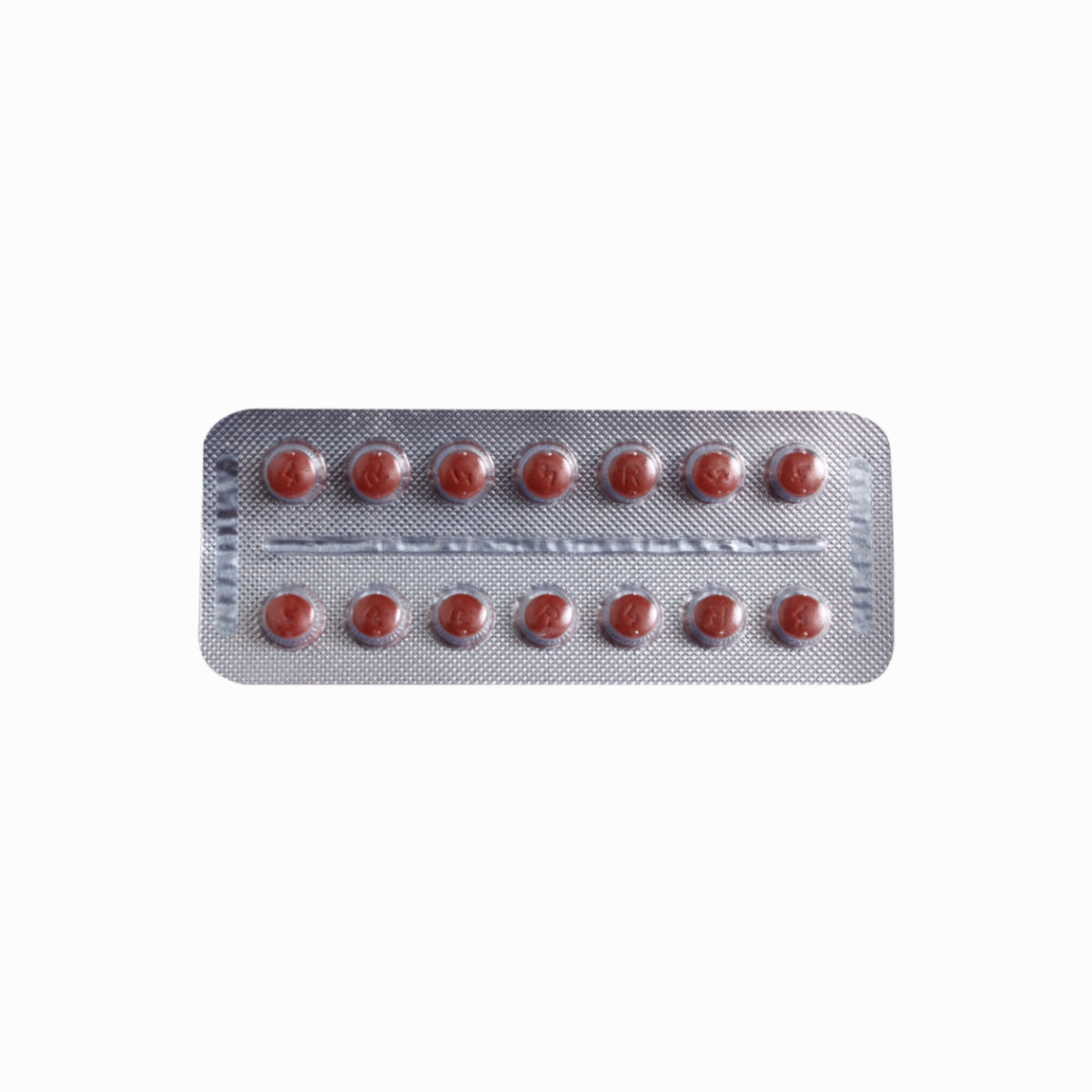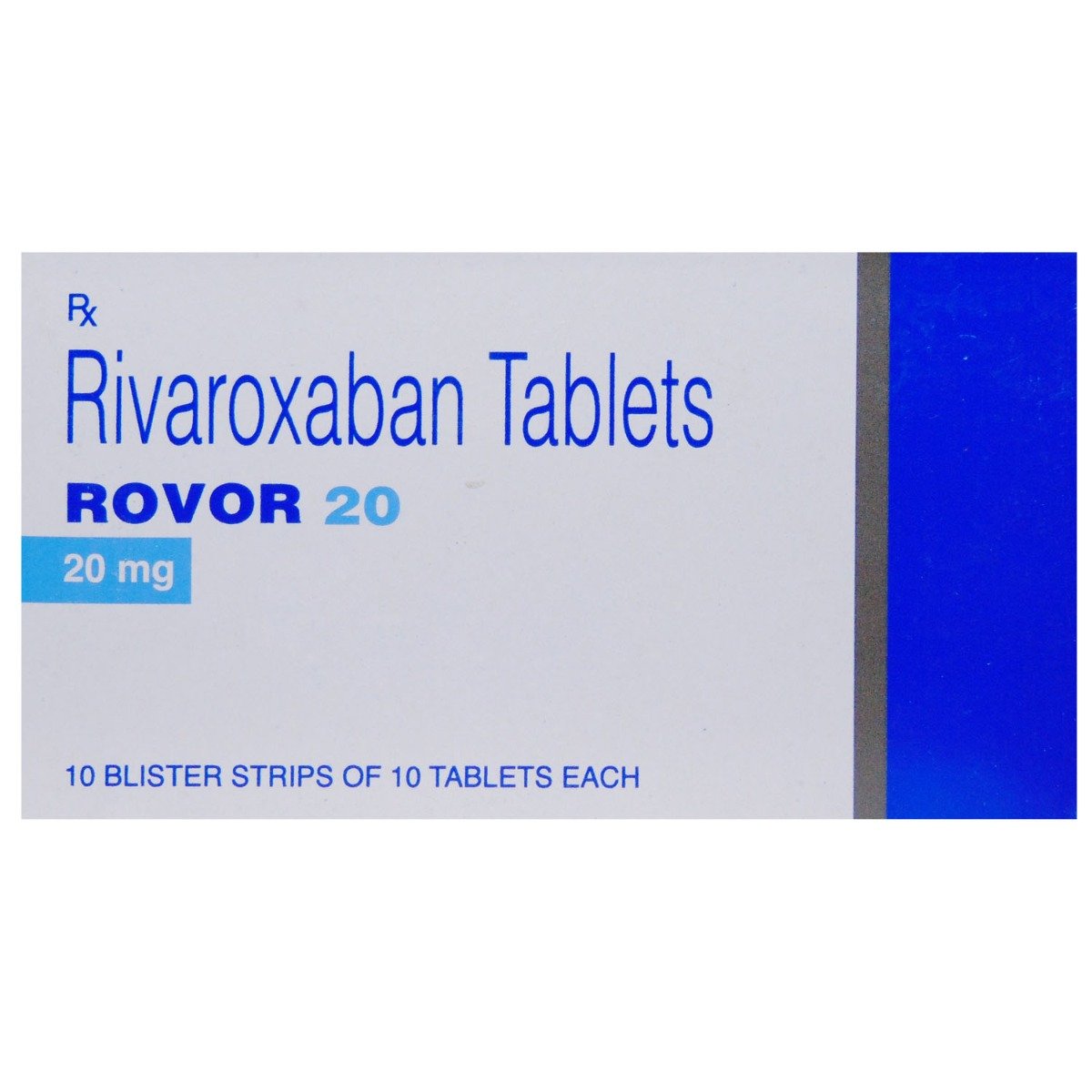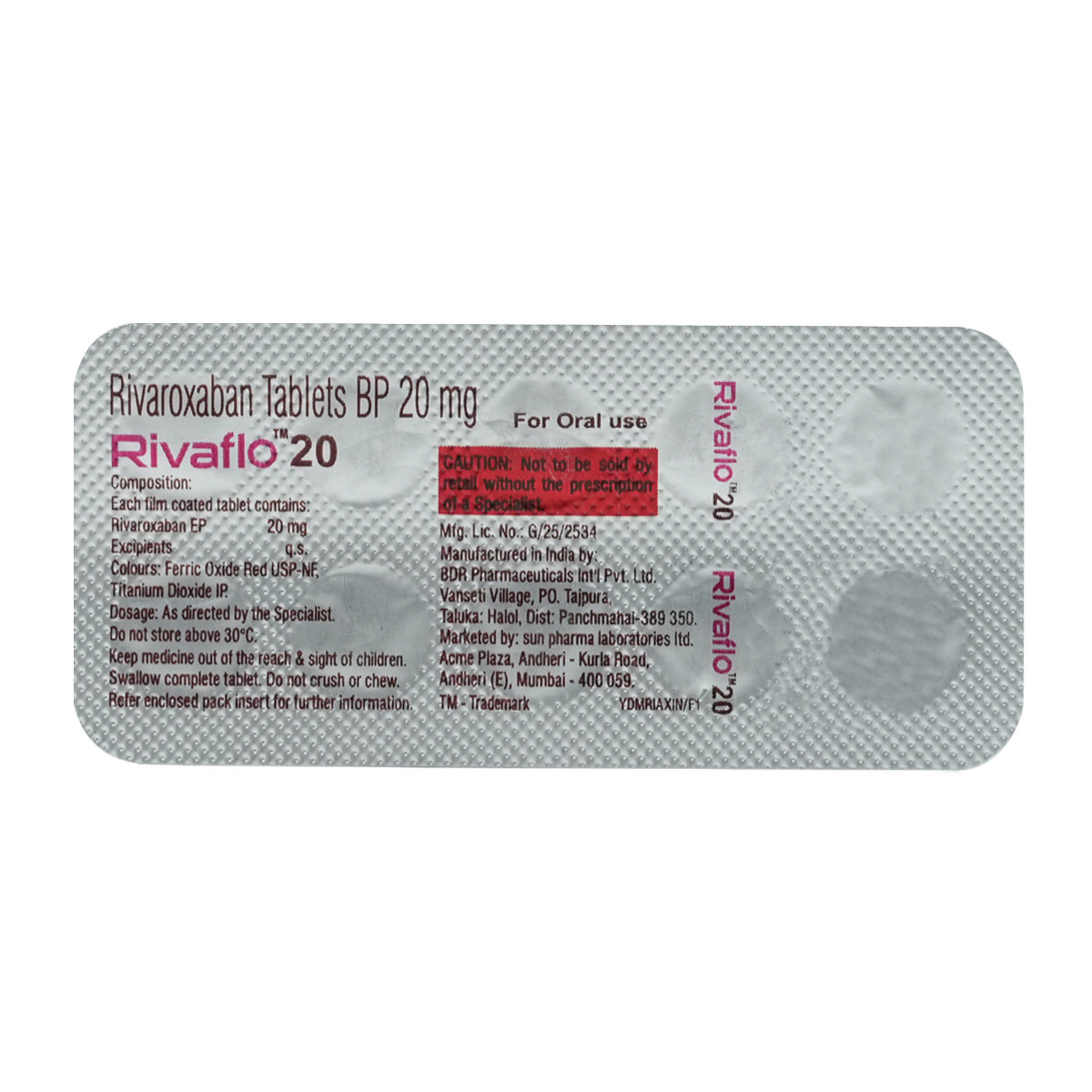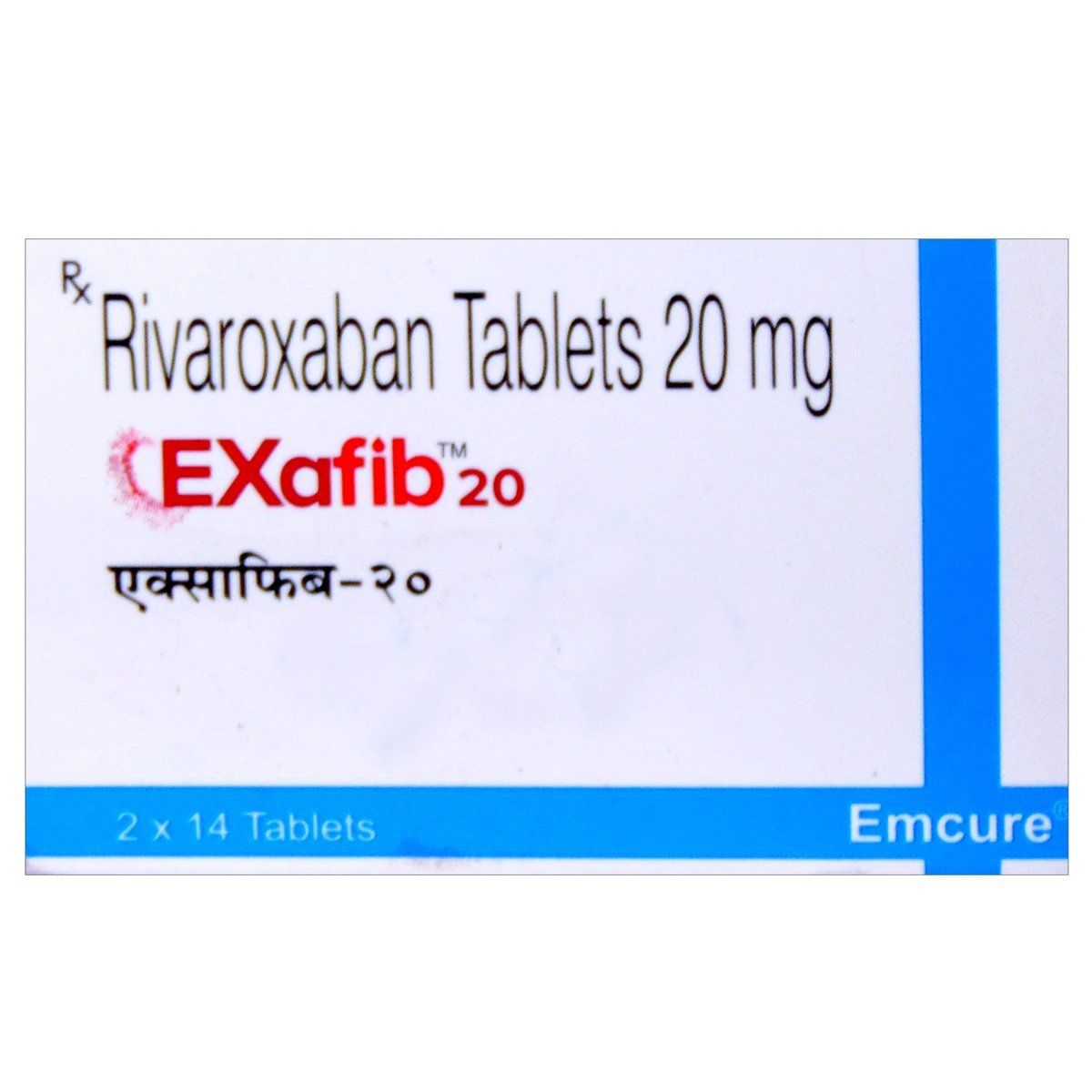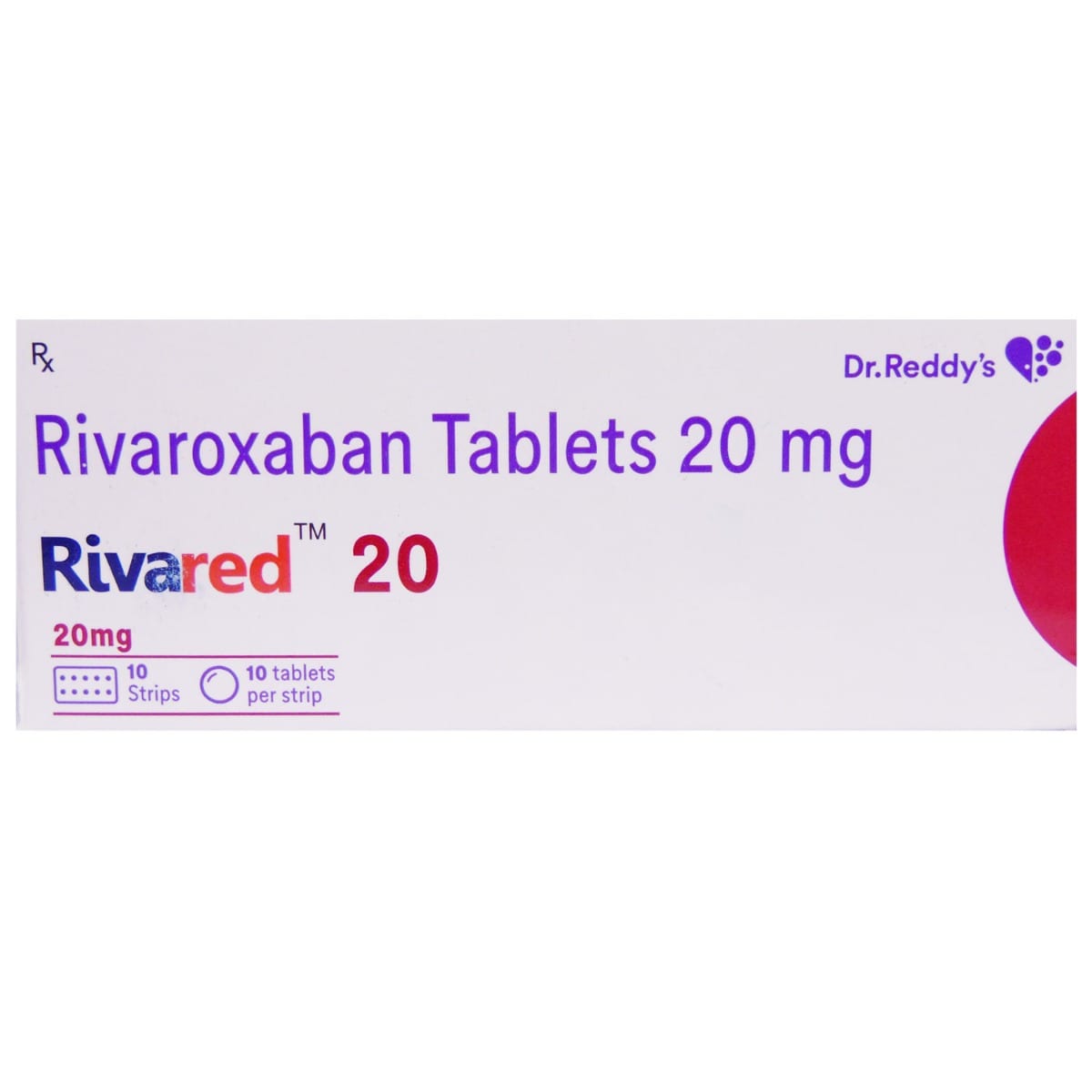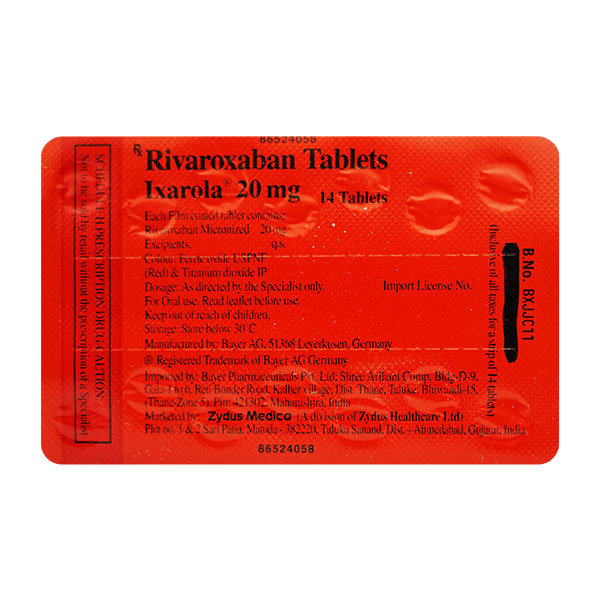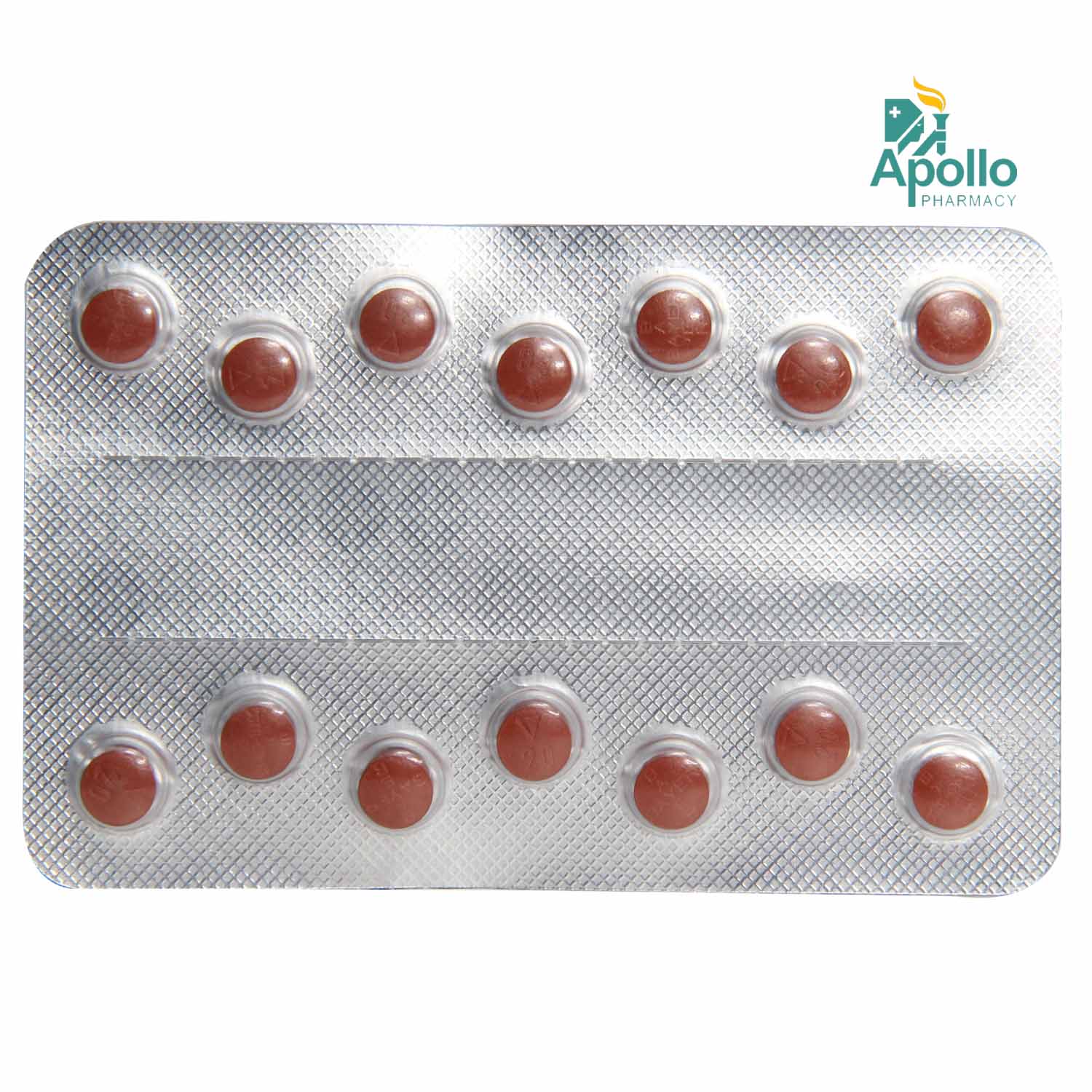Rpigat 20 mg Tablet 10's
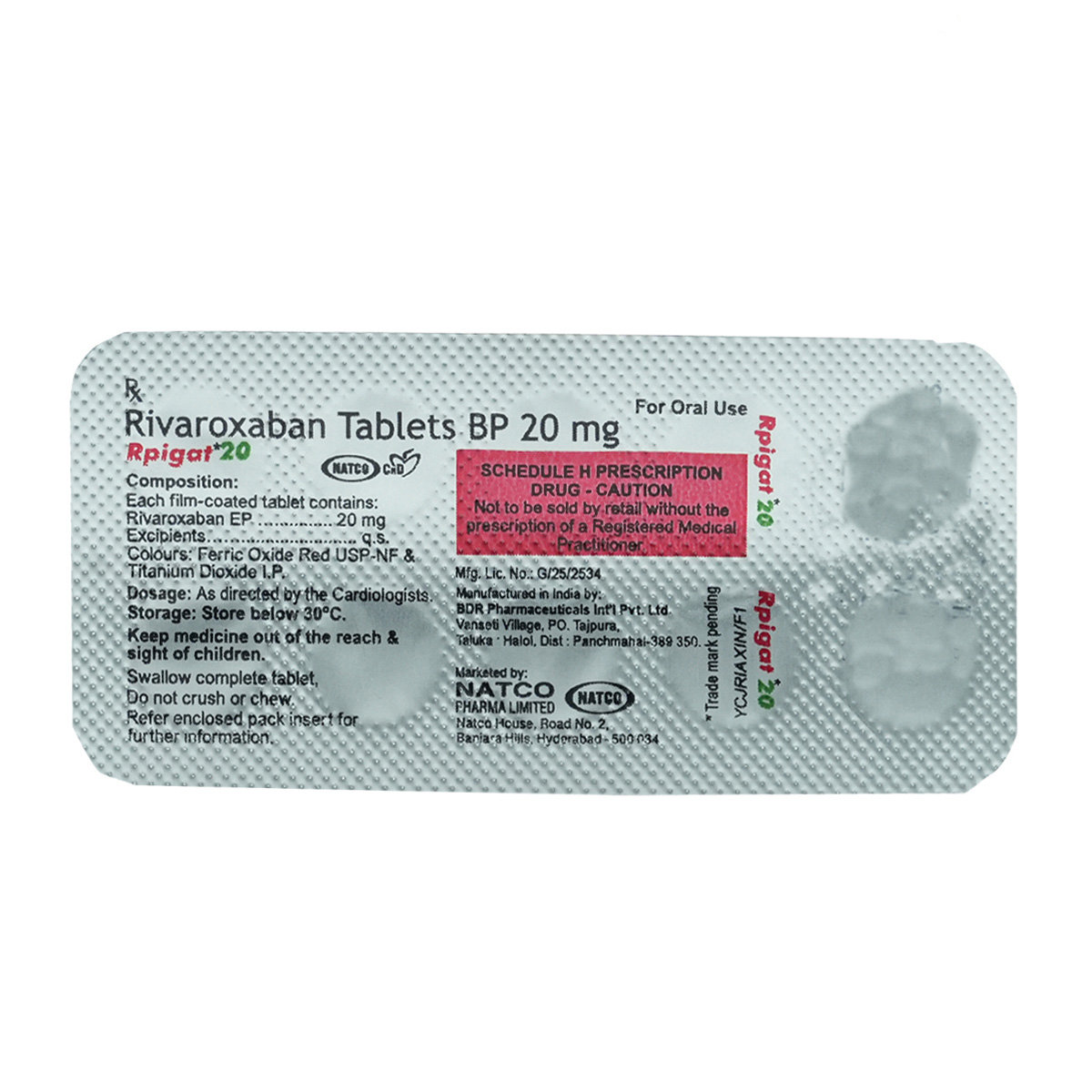
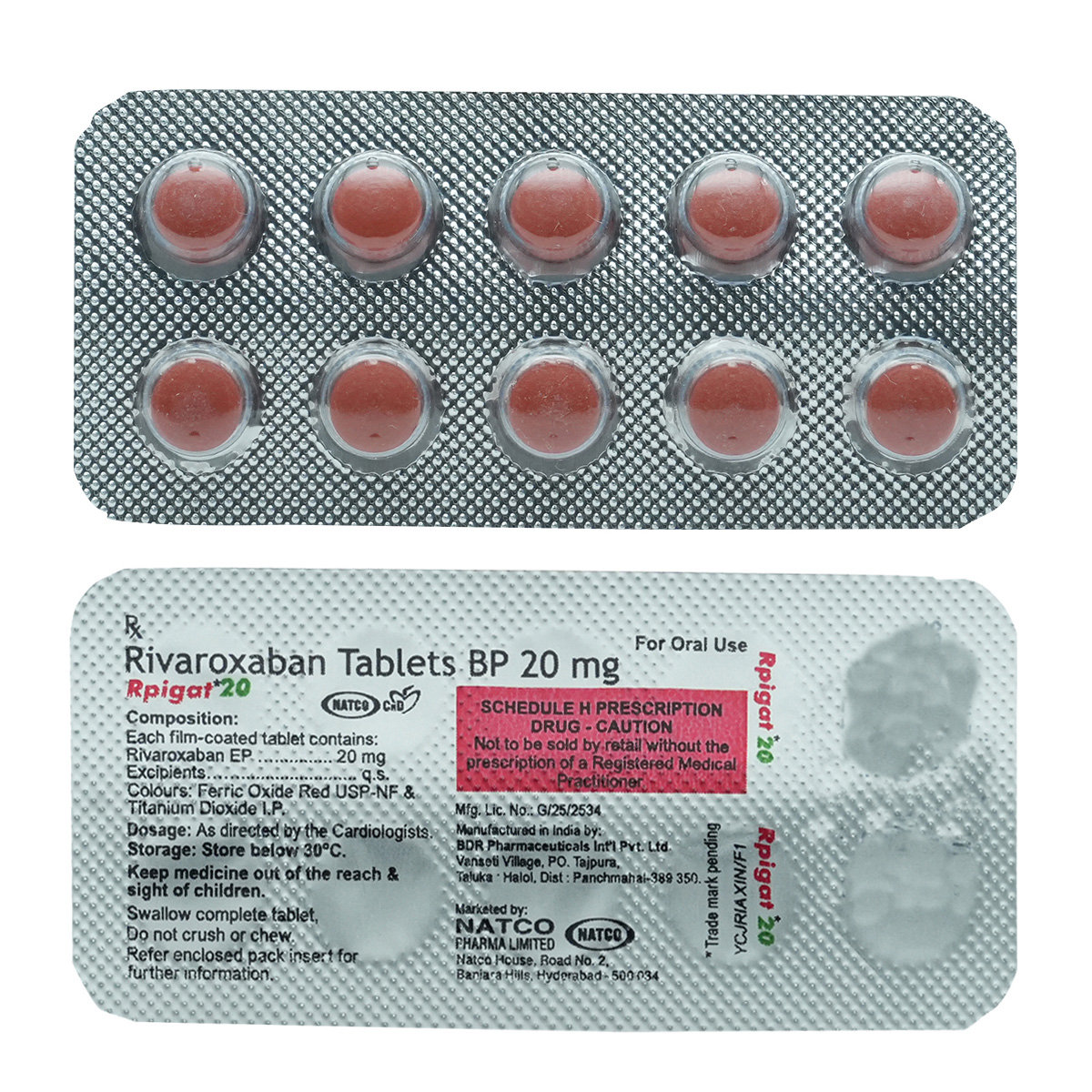
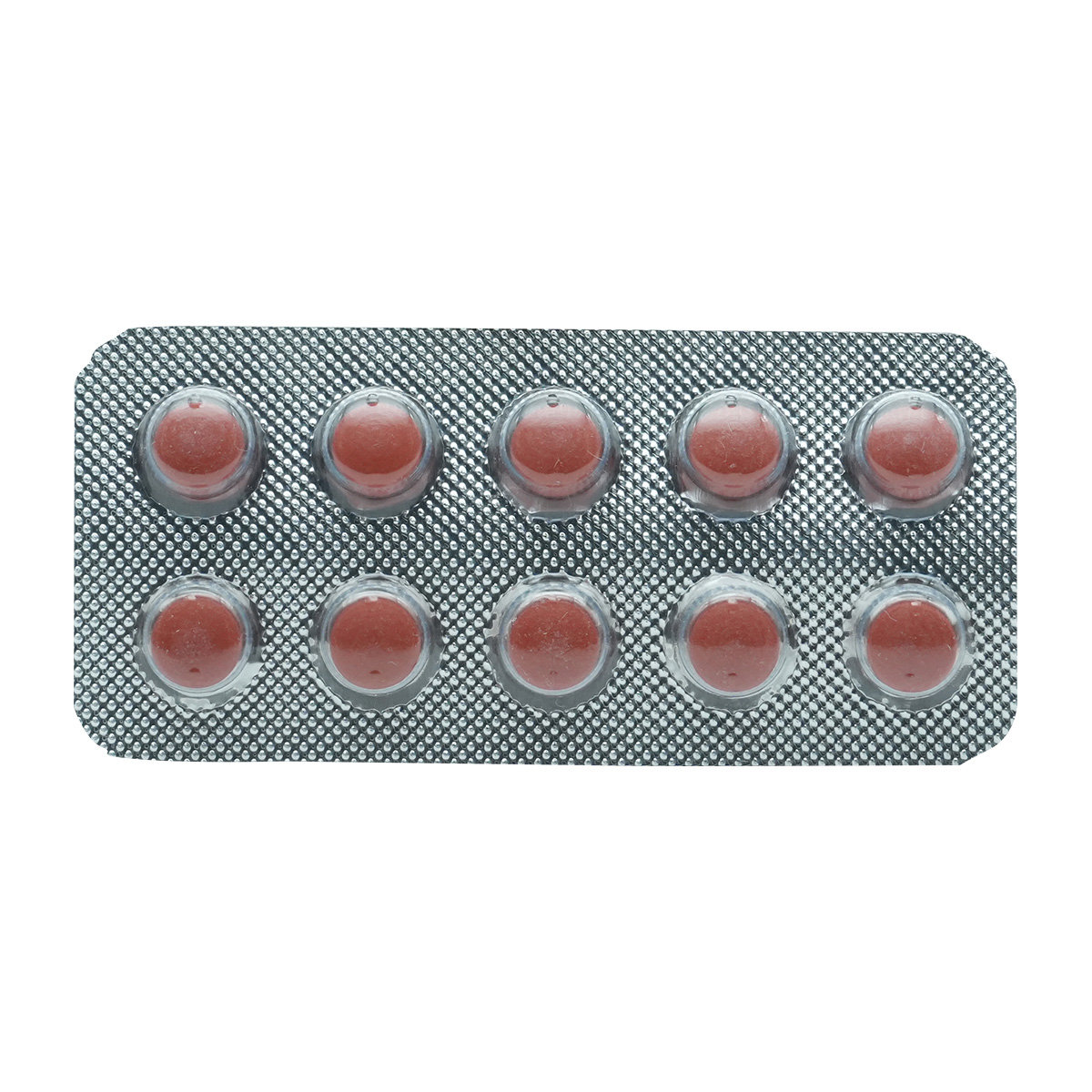



MRP ₹131
(Inclusive of all Taxes)
₹19.6 Cashback (15%)
Provide Delivery Location
Online payment accepted
 Prescription drug
Prescription drugWhats That
Composition :
Manufacturer/Marketer :
Consume Type :
Expires on or after :
Return Policy :
About RPIGAT 20 TABLETS
RPIGAT 20 TABLETS belongs to a class of drugs known as anticoagulants or blood thinner. RPIGAT 20 TABLETS is primarily used to prevent and treat deep vein thrombosis (blood clots in leg veins) and pulmonary embolism (blood clots in the lung) by reducing blood clot formation. Deep vein thrombosis is a medical condition in which blood clots form in deep veins usually in the legs. Pulmonary embolism is a condition in which a blood clot blocks the arteries in the lungs.
RPIGAT 20 TABLETS contains Rivaroxaban, a blood thinner that works by inhibiting the production of clotting factors by decreasing the action of vitamin K. This prevents the conversion of fibrinogen (soluble protein) to fibrin (insoluble protein), thereby preventing blood clots formation.
Take RPIGAT 20 TABLETS as prescribed. You are advised to take RPIGAT 20 TABLETS for as long as your doctor has prescribed it for you depending on your medical conditions. You may experience bleeding, anemia (low number of red blood cells), and nausea. Most of these side effects of RPIGAT 20 TABLETS do not require medical attention and gradually resolve over time. However, if the side effects are persistent, reach out to your doctor.
If you are known to be allergic to RPIGAT 20 TABLETS or any other medicines, please tell your doctor. If you are pregnant or breastfeeding, it is advised to consult a doctor before using RPIGAT 20 TABLETS . If you have a stomach ulcer, kidney or liver problems, high blood pressure, or bleeding problems, inform your doctor before taking RPIGAT 20 TABLETS . Talk to your doctor immediately if you are pregnant or breastfeeding.
Uses of RPIGAT 20 TABLETS
Directions for Use
Key Benefits
RPIGAT 20 TABLETS belongs to a class of drugs known as anticoagulants or blood thinner. RPIGAT 20 TABLETS is primarily used to prevent and treat deep vein thrombosis (blood clots in leg veins) and pulmonary embolism (blood clots in the lung) by reducing blood clot formation. RPIGAT 20 TABLETS works by inhibiting the production of clotting factors by decreasing the action of vitamin K. This prevents the conversion of fibrinogen (soluble protein) to fibrin (insoluble protein), thereby preventing blood clots formation.
Storage
- Inform your doctor about the nausea and discuss possible alternatives to the medication or adjustments to the dosage.
- Divide your daily food intake into smaller, more frequent meals to reduce nausea.
- Opt for bland, easily digestible foods like crackers, toast, plain rice, bananas, and applesauce.
- Avoid certain foods that can trigger nausea, such as fatty, greasy, spicy, and smelly foods.
- Drink plenty of fluids, such as water, clear broth, or electrolyte-rich beverages like coconut water or sports drinks.
- Use ginger (tea, ale, or candies) to help relieve nausea.
- Get adequate rest and also avoid strenuous activities that can worsen nausea.
- Talk to your doctor about taking anti-nausea medication if your nausea is severe.
- Record when your nausea occurs, what triggers it, and what provides relief to help you identify patterns and manage your symptoms more effectively.
- Inform your doctor about your constipation symptoms. They may adjust your medication or advise alternative treatments.
- Stay hydrated by drinking sufficient of water (at least 8-10 glasses a day) to help soften stool and promote bowel movements.
- Increase fibre intake by eating foods high in fibre, such as fruits, whole grains, vegetables and legumes, to help bulk up the stool.
- Establish a bowel routine by trying to go to the bathroom at the same time each day to train your bowels.
- Engaging in regular exercise, like walking or yoga, can support in bowel movement stimulation.
- Consult your doctor if constipation persists, and discuss alternative treatments or adjustments to your medication.
- Inform your doctor about dizziness symptoms. They may adjust your medication regimen or prescribe additional medications to manage symptoms.
- Follow your doctor's instructions for taking medication, and take it at the same time every day to minimize dizziness.
- When standing up, do so slowly and carefully to avoid sudden dizziness.
- Avoid making sudden movements, such as turning or bending quickly, which can exacerbate dizziness.
- Drink plenty of water throughout the day to stay hydrated and help alleviate dizziness symptoms.
- If you're feeling dizzy, sit or lie down and rest until the dizziness passes.
- Track when dizziness occurs and any factors that may trigger it, and share this information with your doctor to help manage symptoms.
- Regularly exercise and have a balanced diet to maintain a healthy weight.
- Eat lot of fruits and vegetables (minimum 5 servings/day).
- Include vitamin K-rich foods for stable anticoagulation control.
- Limit red and processed meats.
- Avoid smoking and consumption of alcohol.
- Changes in kidney function need immediate medical attention.
- Always monitor your blood pressure and inform your healthcare team if there are any sudden changes.
- Take medicines as prescribed and eat a balanced diet suggested by your dietician for healthy kidney function.
- Physical activity and exercise must be included in your daily routine to have proper kidney functioning and to maintain a healthy weight.
- Get enough sleep to reduce the stress levels that have a direct impact on your kidney functioning.
- Avoid massaging the bruise, as this might worsen the damage to the injured tissue.
- Resting the affected area helps prevent more injury and aids healing.
- Place a cloth-wrapped ice pack or cold compress on the affected area for 10 to 15 minutes.
- If the bruise is extensive, severe, or accompanied by other symptoms like warmth, redness, or swelling, get medical help.
Drug Warnings
RPIGAT 20 TABLETS should be used with caution in children. Prolonged use of RPIGAT 20 TABLETS may cause hair loss. Regular blood tests are recommended while taking RPIGAT 20 TABLETS to check the time taken for your blood to clot and the level of platelets (blood cells). If you are known to be allergic to RPIGAT 20 TABLETS or any other medicines, please tell your doctor. If you are pregnant or breastfeeding, it is advised to consult a doctor before using RPIGAT 20 TABLETS . If you have a stomach ulcer, kidney or liver problems, high blood pressure, or bleeding problems, inform your doctor before taking RPIGAT 20 TABLETS . Talk to your doctor immediately if you are pregnant or breastfeeding.
Drug-Drug Interactions
Drug-Drug Interactions
Login/Sign Up
Co-administration of Tenecteplase and Rpigat 20 mg Tablet can increase the risk of bleeding.
How to manage the interaction:
Co-administration of Tenecteplase and Rpigat 20 mg Tablet can lead to an interaction, it can be taken if advised by your doctor. However, if you experience any symptoms like unusual bleeding or bruising, dizziness, lightheadedness, red or black, tarry stools, coughing up or vomiting fresh or dried blood that looks like coffee grounds, severe headache, and weakness, consult the doctor immediately. Do not stop using any medications without a doctor's advice.
Coadministration of Itraconazole and Rpigat 20 mg Tablet may significantly increase the blood levels of Rpigat 20 mg Tablet. This can increase the risk of serious bleeding complications.
How to manage the interaction:
Itraconazole and Rpigat 20 mg Tablet may interact, but if a doctor prescribes them, you can still use them. If you have dizziness, lightheadedness, red or black, tarry stools, coughing up or vomiting fresh or dried blood that resembles coffee grounds, a severe headache, weakness, or any of these symptoms, consult a doctor. Never discontinue taking a medication without consulting a doctor.
Co-administration of urokinase and Rpigat 20 mg Tablet can increase the risk of bleeding problems.
How to manage the interaction:
Co-administration of urokinase and Rpigat 20 mg Tablet can lead to an interaction, it can be taken if advised by your doctor. However, if you experience any symptoms like unusual bleeding or bruising, dizziness, lightheadedness, red or black, tarry stools, coughing up or vomiting fresh or dried blood that looks like coffee grounds, severe headache, and weakness, consult the doctor immediately. Do not stop using any medications without a doctor's advice.
Coadministration of Rpigat 20 mg Tablet and Apixaban co-administration may raise the risk of unusual bleeding.
How to manage the interaction:
Even though combining Rpigat 20 mg Tablet and Apixaban may cause an interaction, it is still possible to take it if your doctor advises you to. Consult a doctor if you experience symptoms like blood in your urine or stool (or a black stool), severe bruising, prolonged nosebleeds, feeling dizzy or lightheaded, weakness or severe headache, vomiting blood or coughing up blood, heavy menstrual bleeding (in women), difficulty breathing, or chest pain. Without consulting a doctor, never stop taking any medications.
Co-administration of Voriconazole and Rpigat 20 mg Tablet can increase the blood levels of Rpigat 20 mg Tablet and increase the risk of bleeding.
How to manage the interaction:
Co-administration of Voriconazole and Rpigat 20 mg Tablet can lead to an interaction, it can be taken if advised by a doctor. However, if you experience dizziness, red or black, tarry stools, severe headache, and weakness, consult the doctor immediately. Do not stop using any medications without a doctor's advice.
Co-administration of heparin and Rpigat 20 mg Tablet can increase the risk of bleeding problems.
How to manage the interaction:
Co-administration of heparin and Rpigat 20 mg Tablet can lead to an interaction, it can be taken if advised by a doctor. However, if you experience any symptoms like unusual bleeding or bruising, dizziness, lightheadedness, red or black, tarry stools, coughing up or vomiting fresh or dried blood that looks like coffee grounds, severe headache, and weakness, consult the doctor immediately. Do not stop using any medications without a doctor's advice.
Co-administration of tirofiban and Rpigat 20 mg Tablet can increase the risk of bleeding problems.
How to manage the interaction:
Co-administration of tirofiban and Rpigat 20 mg Tablet can lead to an interaction, it can be taken if advised by your doctor. However, if you experience any symptoms like unusual bleeding or bruising, dizziness, lightheadedness, red or black, tarry stools, coughing up or vomiting fresh or dried blood that looks like coffee grounds, severe headache, and weakness, consult the doctor immediately. Do not stop using any medications without a doctor's advice.
Co-administration of Fosphenytoin and Rpigat 20 mg Tablet can reduce the blood levels of Rpigat 20 mg Tablet and increase the risk of bleeding problems.
How to manage the interaction:
Co-administration of Fosphenytoin and Rpigat 20 mg Tablet can lead to an interaction, it can be taken if advised by your doctor. However, if you notice any unusual bleeding or bruising, other signs of bleeding, dizziness, lightheadedness, red or black tarry stools, coughing up or vomiting blood, severe headache, and weakness, you should contact your doctor immediately. Do not stop using any medications without first talking to your doctor.
Co-administration of phenytoin and Rpigat 20 mg Tablet may reduce the blood levels of Rpigat 20 mg Tablet, which may increase the risk of bleeding problems.
How to manage the interaction:
Co-administration of phenytoin and Rpigat 20 mg Tablet can lead to an interaction, it can be taken if advised by a doctor. consult the doctor immediately for any queries. Do not stop using any medications without a doctor's advice.
Coadministration of piroxicam and Rpigat 20 mg Tablet can increase the risk of bleeding problems.
How to manage the interaction:
Co-administration of piroxicam and Rpigat 20 mg Tablet can lead to an interaction, it can be taken if advised by a doctor. However, if you experience any symptoms like unusual bleeding or bruising, dizziness, lightheadedness, red or black, tarry stools, coughing up or vomiting fresh or dried blood that looks like coffee grounds, severe headache, and weakness, consult the doctor immediately. Do not stop using any medications without a doctor's advice.
Drug-Food Interactions
Drug-Food Interactions
Login/Sign Up
Diet & Lifestyle Advise
- Avoid making any changes in your diet without first talking to your doctor.
- Cranberry juice, grapefruit juice, noni juice, and pomegranate juice may interact with RPIGAT 20 TABLETS and lead to unwanted side effects. Hence try to avoid these juices while taking RPIGAT 20 TABLETS .
- Avoid drinking alcohol as it increases the risk of gastrointestinal ulcer/bleeding.
Side Effects of RPIGAT 20 TABLETS
- Bleeding
- Anaemia (low number of red blood cells)
- Nausea
Habit Forming
Therapeutic Class
All Substitutes & Brand Comparisons
RX
Xarex 20 Tablet 15's
Alteus Biogenics Pvt Ltd
₹181.5
(₹10.89 per unit)
7% CHEAPERRX
Rivaban 20 Tablet 10's
Lupin Ltd
₹203.5
(₹18.32 per unit)
55% COSTLIERRX
Ricosprin 20 Tablet 15's
USV Pvt Ltd
₹336.5
(₹20.19 per unit)
71% COSTLIER
Product Substitutes
Drug-Diseases Interactions
Drug-Diseases Interactions
Login/Sign Up
FAQs
No, you are not recommended to stop taking RPIGAT 20 TABLETS without consulting your doctor to worsen the condition. Therefore, take RPIGAT 20 TABLETS for as long as your doctor has prescribed it.
No, RPIGAT 20 TABLETS is not expected to cause weight gain. If you notice unexpected weight gain and think it is because of this RPIGAT 20 TABLETS , immediately consult your doctor and inform him about it.
RPIGAT 20 TABLETS has many beneficial effects, but it has the ability to make you bleed more than normal. Even with minor injuries as it decreases your ability to blood clotting. Sometimes RPIGAT 20 TABLETS may cause severe bleeding that may be dangerous and may require urgent medical care. This risk may be increased in people taking RPIGAT 20 TABLETS along with other blood thinner medicines.
Avoid taking grapefruit and grapefruit juice while taking RPIGAT 20 TABLETS , and it contains compounds that slow down the metabolism of RPIGAT 20 TABLETS and increase the activity leading to bleeding.
It is not known that RPIGAT 20 TABLETS causes hair loss. Kindly contact your doctor.
RPIGAT 20 TABLETS is a type of medicine known as an anticoagulant. RPIGAT 20 TABLETS works by stopping a clotting factor called factor Xa from working. This thins your blood, so it takes longer to clot.
Drug-Drug Interactions Checker List
- WARFARIN
- ENOXAPARIN
- LOPINAVIR
- RITONAVIR
- ASPIRIN
- IBUPROFEN
- CARBAMAZEPINE
- PHENYTOIN
- ITRACONAZOLE
- KETOCONAZOLE
- FLUCONAZOLE
- ERYTHROMYCIN
- CLARITHROMYCIN
Special Advise
You should have regular platelet count, factor V assay, fibrinogen level test, prothrombin time test (PT or PT-INR) and the INR, or international normalized ratio to analyze your blood clotting time.
Disease/Condition Glossary
Deep vein thrombosis (blood clots in legs) is a medical condition in which blood clots form in deep veins usually in the legs. The symptoms include leg pain or swelling. Pulmonary embolism (blood clots in the lung) is a chronic condition that occurs as the blood clots break and travel to the lungs from deep veins in the legs or other parts of the body. The symptoms of pulmonary embolism include cough, chest pain, and shortness of breath.

Have a query?
Buy best Cardiology products by
Torrent Pharmaceuticals Ltd
Sun Pharmaceutical Industries Ltd
Lupin Ltd
Intas Pharmaceuticals Ltd
Cipla Ltd
Micro Labs Ltd
Macleods Pharmaceuticals Ltd
Abbott India Ltd
Ajanta Pharma Ltd
Ipca Laboratories Ltd
Eris Life Sciences Ltd
Mankind Pharma Pvt Ltd
Lloyd Healthcare Pvt Ltd
Dr Reddy's Laboratories Ltd
Glenmark Pharmaceuticals Ltd
Emcure Pharmaceuticals Ltd
Alembic Pharmaceuticals Ltd
Alkem Laboratories Ltd
East West Pharma India Pvt Ltd
USV Pvt Ltd
Zydus Healthcare Ltd
Aristo Pharmaceuticals Pvt Ltd
Elbrit Life Sciences Pvt Ltd
J B Chemicals & Pharmaceuticals Ltd
Zydus Cadila
Akumentis Healthcare Ltd
Alteus Biogenics Pvt Ltd
Hbc Life Sciences Pvt Ltd
Fusion Health Care Pvt Ltd
Troikaa Pharmaceuticals Ltd
La Renon Healthcare Pvt Ltd
Corona Remedies Pvt Ltd
Jubilant Lifesciences Ltd
Medley Pharmaceuticals Ltd
Knoll Healthcare Pvt Ltd
Msn Laboratories Pvt Ltd
Zuventus Healthcare Ltd
Cadila Pharmaceuticals Ltd
Blue Cross Laboratories Pvt Ltd
Lividus Pharmaceuticals Pvt Ltd
Morepen Laboratories Ltd
Ranmarc Labs
Shrrishti Health Care Products Pvt Ltd
Sanofi India Ltd
Steris Healthcare
Elder Pharmaceuticals Ltd
Primus Remedies Pvt Ltd
Unison Pharmaceuticals Pvt Ltd
Eswar Therapeutics Pvt Ltd
Knoll Pharmaceuticals Ltd
Tas Med India Pvt Ltd
Systopic Laboratories Pvt Ltd
Indiabulls Pharmaceuticals Pvt Ltd
Leeford Healthcare Ltd
Sinsan Pharmaceuticals Pvt Ltd
Biochem Pharmaceutical Industries Ltd
Cadila Healthcare Ltd
Azkka Pharmaceuticals Pvt Ltd
Nirvana India Pvt Ltd
Orsim Pharma
Prevego Healthcare & Research Pvt Ltd
Econ Healthcare
Elinor Pharmaceuticals (P) Ltd
FDC Ltd
Sunij Pharma Pvt Ltd
Nicholas Piramal India Ltd
Astra Zeneca Pharma India Ltd
Pfizer Ltd
Lia Life Sciences Pvt Ltd
Shine Pharmaceuticals Ltd
Elicad Pharmaceuticals Pvt Ltd
Indoco Remedies Ltd
Proqol Health Care Pvt Ltd
Vasu Organics Pvt Ltd
Biocon Ltd
Opsis Care Lifesciences Pvt Ltd
Johnlee Pharmaceuticals Pvt Ltd
Merck Ltd
Wockhardt Ltd
Auspharma Pvt Ltd
Ergos Life Sciences Pvt Ltd
Lakshya Life Sciences Pvt Ltd
Ordain Health Care Global Pvt Ltd
Pficus De Med Pvt Ltd
ALICAN PHARMACEUTICAL PVT LTD
RPG Life Sciences Ltd
Glynis Pharmaceuticals Pvt Ltd
Orris Pharmaceuticals
Samarth Life Sciences Pvt Ltd
Aprica Pharmaceuticals Pvt Ltd
Aretaeus Pharmaceuticals Pvt Ltd
Koye Pharmaceuticals Pvt Ltd
Neocardiab Care
Retra Life Science Pvt Ltd
Alniche Life Sciences Pvt Ltd
Alvio Pharmaceuticals Pvt Ltd
Arkas Pharma Pvt Ltd
Atos Lifesciences Pvt Ltd
Divine Savior Pvt Ltd
Metalis Lifesciences Pvt Ltd
Alcohol
Safe if prescribed
You are recommended to avoid consumption of alcohol with RPIGAT 20 TABLETS as it may increase the risk of bleeding.
Pregnancy
Consult your doctor
Tell your doctor before using RPIGAT 20 TABLETS because it may cause harmful effects. So, only use in that condition when a doctor is prescribed.
Breast Feeding
Consult your doctor
RPIGAT 20 TABLETS may pass into breast milk. Therefore consult your doctor.
Driving
Safe if prescribed
RPIGAT 20 TABLETS usually does not affect your ability to drive or operate machinery.
Liver
Consult your doctor
Take RPIGAT 20 TABLETS with caution, especially if you have a history of Liver diseases/conditions. The dose may be adjusted by your doctor as required.
Kidney
Consult your doctor
Take RPIGAT 20 TABLETS with caution, especially if you have a history of Kidney diseases/conditions. The dose may be adjusted by your doctor as required.
Children
Safe if prescribed
RPIGAT 20 TABLETS is not approved for children. Therefore RPIGAT 20 TABLETS is not safe for children.



